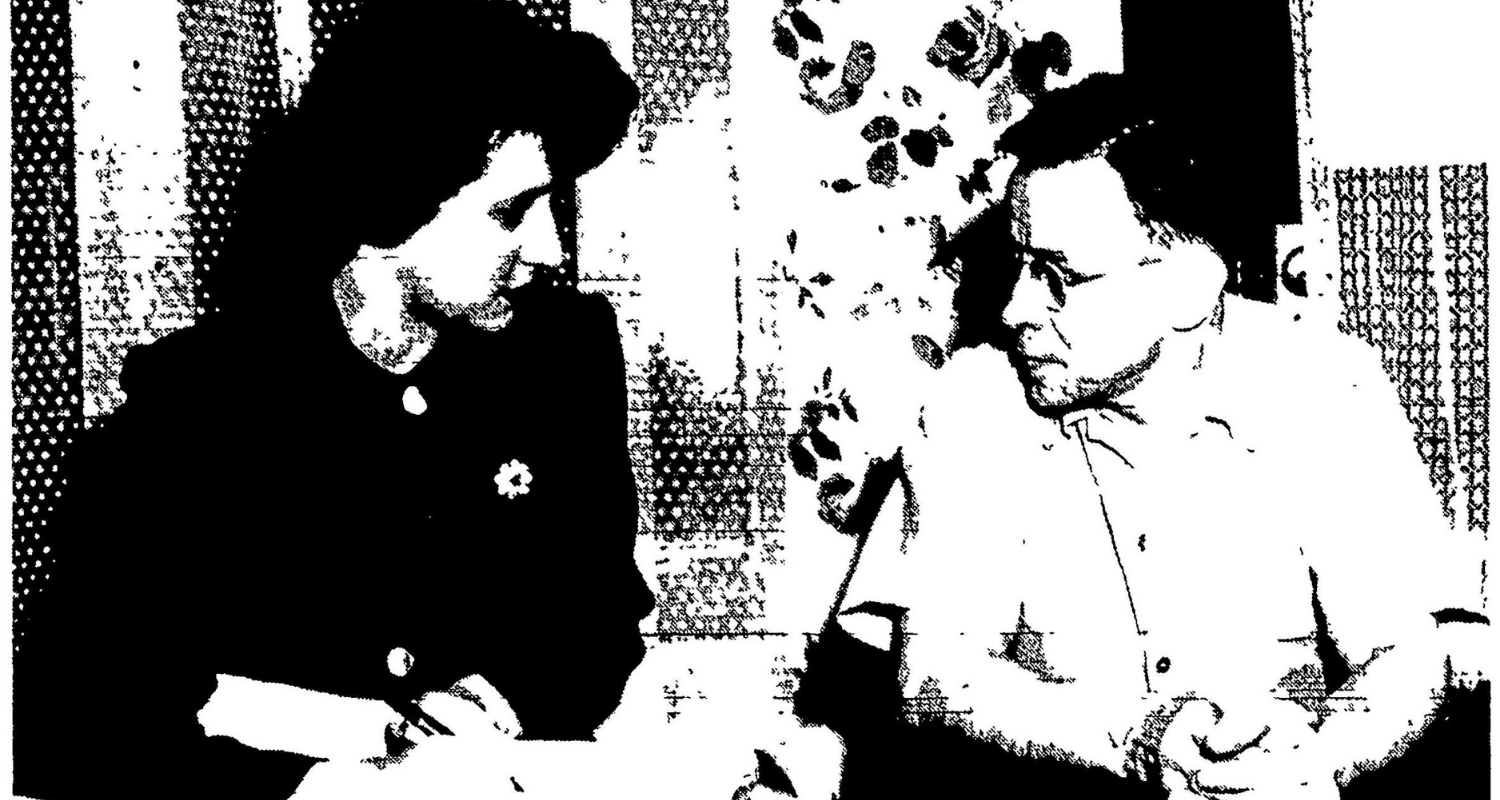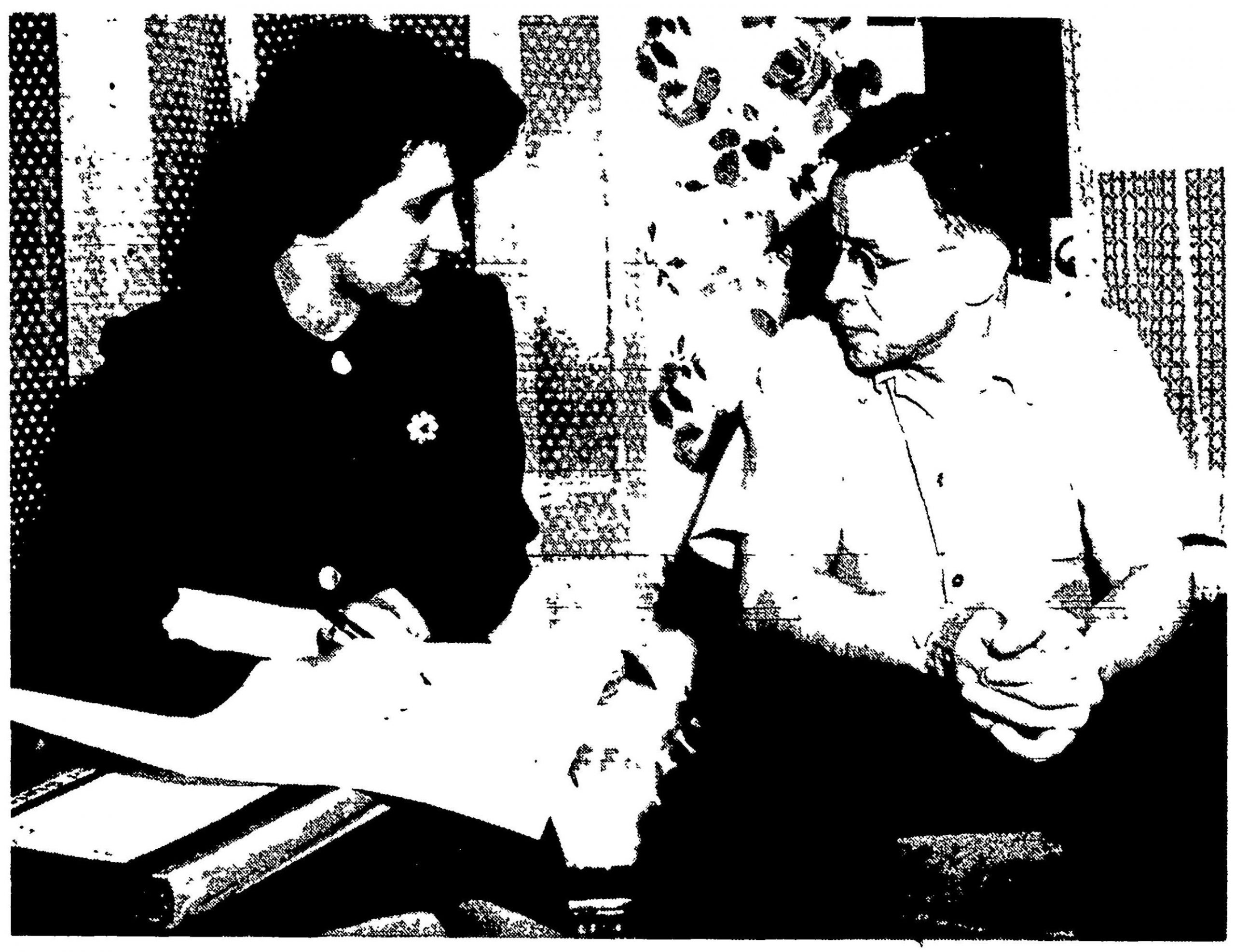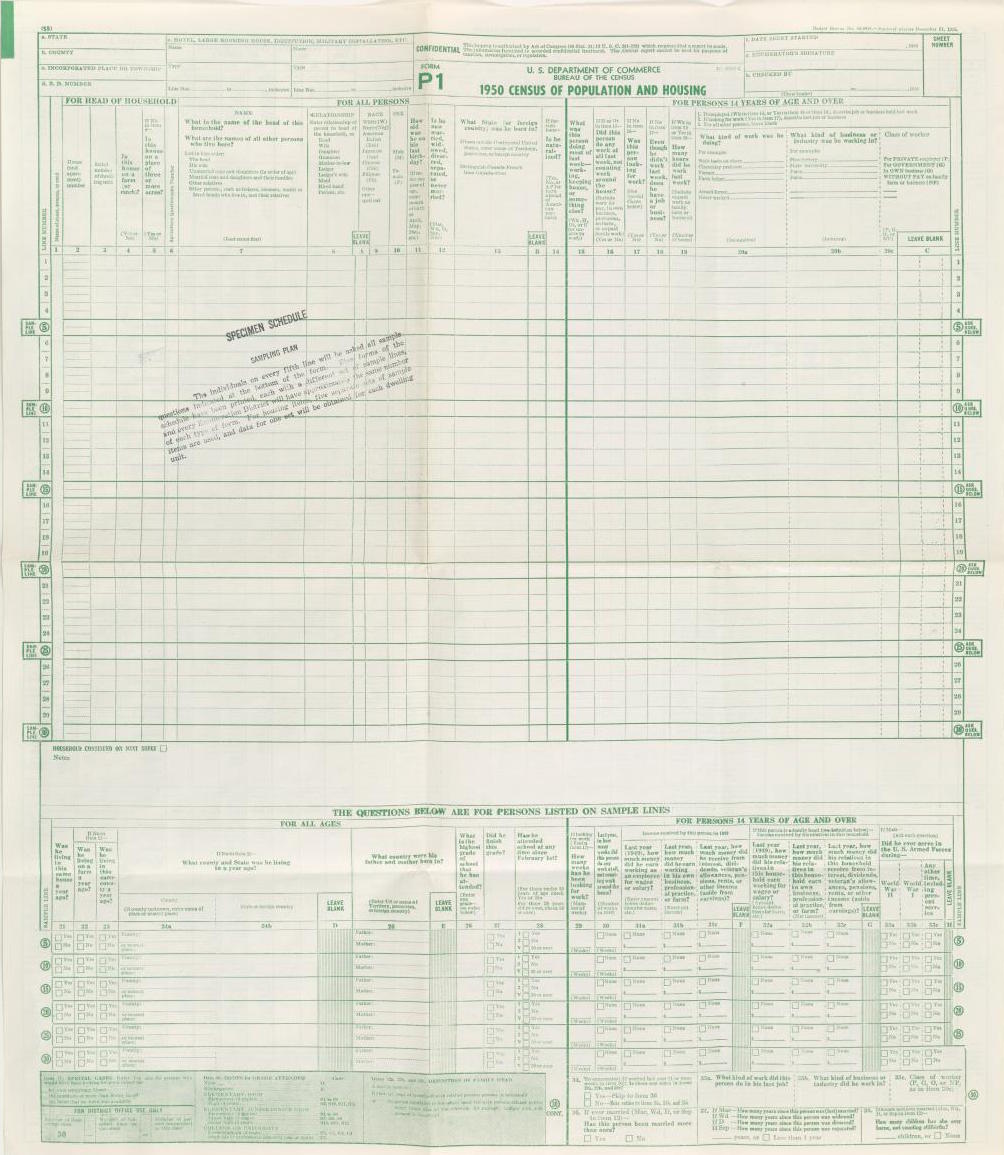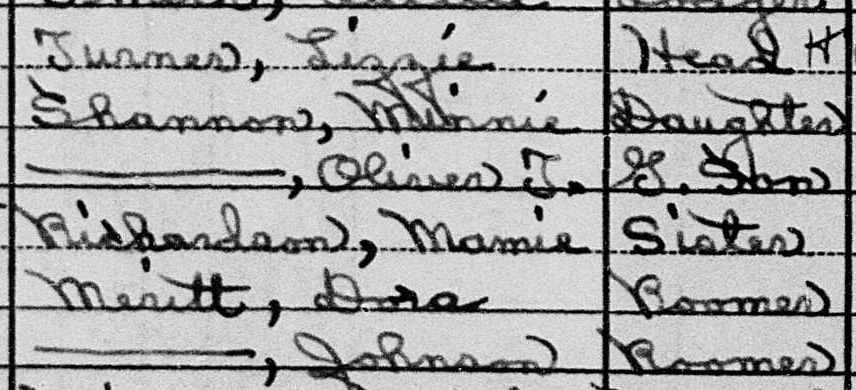On April 1, 2022—after 72 years—the National Archives will release the 1950 census records to the general public! Even though the country already has a lot of general information and data from each census, the individual records are not released for 72 years to protect individuals’ privacy.
Why is the census important? What stories can it tell us about Wheeling in the 1950s? Historians, genealogists, and other curious members of the public are particularly excited because census records have the potential to reveal millions of stories—many that have gone untold until now.
What is the Census?
The federal census is an enumeration, or count, of the US population every ten years, as required by the US Constitution. At the time, two of the main reasons for needing a census were a) to determine how much Revolutionary War debt each state was responsible for and b) to allocate the representatives in the US House between the states.1 For historians, the census acts as a snapshot of a moment in history.
There were many limitations to the first censuses. The first census, conducted in 1790, only listed the head of household and a tally of the number of free white men (age 16+ and under 16), white women and other free persons, and enslaved people. In addition to the racist categorization of enslaved people as 3/5ths of a person, the first censuses were inconsistent in their count and categorization of other groups of people, such as Indigenous peoples, new immigrants, and remote communities.2 Even though West Virginia did not become a state until 1863, its population was counted since the very first federal census in 1790—as part of Virginia.3
To conduct the count, enumerators canvass the entire country, going door to door collecting information and asking the predetermined questions. Today, the census is sent out on the internet and in the mail for households to fill out on their own; however, the US Census Bureau still hires canvassers to encourage, help, and catch those that fall between the cracks.
What Does the Census Reveal?
Even though only a population count is required by the Constitution, many censuses have included numerous other questions such as address, occupation, age, birthplace, education, and more. Some questions are very specific to the time period of the census. For example, the 1930, 1940, and 1950 censuses all asked if the household includes a radio set—a question that would probably seem odd on a 21st-century census.
In the few years after each census, the US Census Bureau releases reports about the general population trends that guide important government functions like determining the distribution of state representatives in the US House of Representatives. For example, even though the 2020 census was less than two years ago, the US Census Bureau reported that West Virginia’s state population is 1,793,716 people and Ohio County’s total population is 42,425 people. Due to a decrease in population, West Virginia was one of seven states that lost a state representative in the US House in 2020.4 The 1950 census, however, marked the peak of West Virginia’s population.
Wheeling and the US in 1950
Times were very different when the 1950 census was completed. World War II was only five years in the past, the Korean War was about to begin, and America was adjusting to life during the Cold War. In addition, the US only contained 48 states—Alaska and Hawai’i were not admitted until 1959.
Even in terms of the census, the process was wildly different than the operation we know today. For the first time in the 1950s, the Census Bureau used a non-military computer to tabulate the statistics—it weighed 16,000 pounds.5 Today, we take for granted the role that computers play in our lives, but for 1950s Americans, the new technology was novel.
Even though the individual 1950 census records have not been released yet, we already have some information about what the Wheeling population looked like at the time. Ranking 29th in population, West Virginia counted 2,005,552 people—about 4.5 times larger than its population in its first Federal census in 1870, seven years after it became a state. In 1950, with a total population of 58,891, Wheeling was the third largest incorporated place in WV—only smaller than Huntington and Charleston.6
While numbers and data are incredibly important, sometimes they don’t tell the whole story. In 1950, each of Wheeling’s 58,891 people had unique lives, occupations, relationships, and more. Previously released censuses have revealed evidence of some of these stories.
For example, the 1930 census lists Mabel Hull—a Black newspaper columnist for the Wheeling News-Register—and her family, including her one-year-old daughter, Freddie M.7 However, by the next census, the Hull family had changed their daughter’s name to Sally when they had a son that they preferred to be named Frederick.8
Censuses are particularly useful when put in conversation with other historical records. Elizabeth “Lizzie” Turner, widow of William Turner (Wheeling’s first Black police officer), lived at 114 12th Street in the 1930 census along with her daughter, grandson, sister, and two “roomers.”9 Those two roomers may have found Lizzie Turner’s residence through Wheeling’s entry in The Negro Motorist Green Book—a travel guide published from 1936 to 1966 that helped Black travelers locate safe lodging during segregation.
Other stories reveal occupations that no longer exist, intergenerational families living together at one residence, or how much money people made. For example, in a year in Wheeling in 1939, an upholster made $1,200, a tobacco stemmer made $600, and a stenographer at Wheeling Steel made $1,570.10 As neighbors were often listed side-by-side in the census, it offers us a broader view of the intricacies of communities.
Some people who were counted on the 1950 census are still alive today, especially in our older generations. While many of them are still able to share their irreplaceable stories, memories, and histories from that time, the census provides important context. What surprises (and mysteries) will the 1950 census reveal?
Still Curious?
If you want to explore census records on your own in anticipation of the 1950 census release, there are lots of ways to get started!
Official information about the US censuses can be found on this National Archives website—the 1940 census is even searchable. On April 1, 2022, everyone will be able to access the individual records of the 1950 census for free. You can also easily access census records through genealogy websites like Ancestry.com and FamilySearch.
For the most part, the information the census collects is correct. However, due to misinterpretations, assumptions, language barriers, and biases throughout history, no census is 100% accurate—you should always corroborate census information with multiple other sources. If the records are leaving you perplexed, check out this research guide by a frequent Weelunk writer, Anna Cipoletti.
If your family has lived in Wheeling for a while, you might even be able to find your grandparents or great-grandparents! For others, you might be able to peruse details of the people living at your residence decades ago. These census records contain the records of all the decades of voices that have made Wheeling unique.
References
1 “T. “Factfinder for the Nation,” U.S. Census Bureau, May 2000, accessed February 26, 2022, https://www.census.gov/history/pdf/cff4.pdf.
2 “Factfinder for the Nation,” U.S. Census Bureau, May 2000, accessed February 26, 2022, https://www.census.gov/history/pdf/cff4.pdf.
3 “Stats for Stories: West Virginia 155 Years of Statehood: June 20, 2018,” U.S. Census Bureau, June 20, 2018, accessed March 13, 2022, https://www.census.gov/newsroom/stories/west-virginia-admission-anniversary.html
4 America Counts Staff, “West Virginia: 2020 Census,” U.S. Census Bureau, August 25, 2021, accessed February 26, 2022, https://www.census.gov/library/stories/state-by-state/west-virginia-population-change-between-census-decade.html.; “2020 Census: Apportionment of the U.S. House of Representatives,” U.S. Census Bureau, April 26, 2021, accessed February 26, 2022, https://www.census.gov/library/visualizations/2021/dec/2020-apportionment-map.html.
5 1950 Overview,” United States Census Bureau, accessed February 26, 2022, https://www.census.gov/history/www/through_the_decades/overview/1950.html#:~:text=Enumeration,the%20first%20time%20in%201950.
6 “1950 Census of Population: Advance Reports,” Bureau of the Census, U.S. Department of Commerce, Washington, D.C., April 23, 1951, accessed February 27, 2022, https://www2.census.gov/library/publications/decennial/1950/pc-08/pc-8-47.pdf.
7 “1930 US Census,” FamilySearch, accessed March 1, 2021, https://www.familysearch.org/ark:/61903/3:1:33SQ-GRH1-HLS?cc=1810731&personaUrl=%2Fark%3A%2F61903%2F1%3A1%3AX7ZM-P4F
8 Sally Jones, phone interview by Emma Wiley, April 14, 2021.
9 “1930 US Census,” FamilySearch, accessed March 13, 2022, https://www.familysearch.org/ark:/61903/3:1:33S7-9RZN-SVB?i=2&cc=1810731&personaUrl=%2Fark%3A%2F61903%2F1%3A1%3AXMHR-3X6
10 “1940 US Census,” FamilySearch, accessed March 13, 2022, https://www.familysearch.org/ark:/61903/3:1:3QS7-89M1-YQFF?i=27&personaUrl=%2Fark%3A%2F61903%2F1%3A1%3AK7ZF-BW4
• Emma Wiley, originally from Falls Church, Virginia, was a former AmeriCorps member with Wheeling Heritage. Emma has a B.A. in history from Vassar College and is passionate about connecting communities, history, and social justice.








